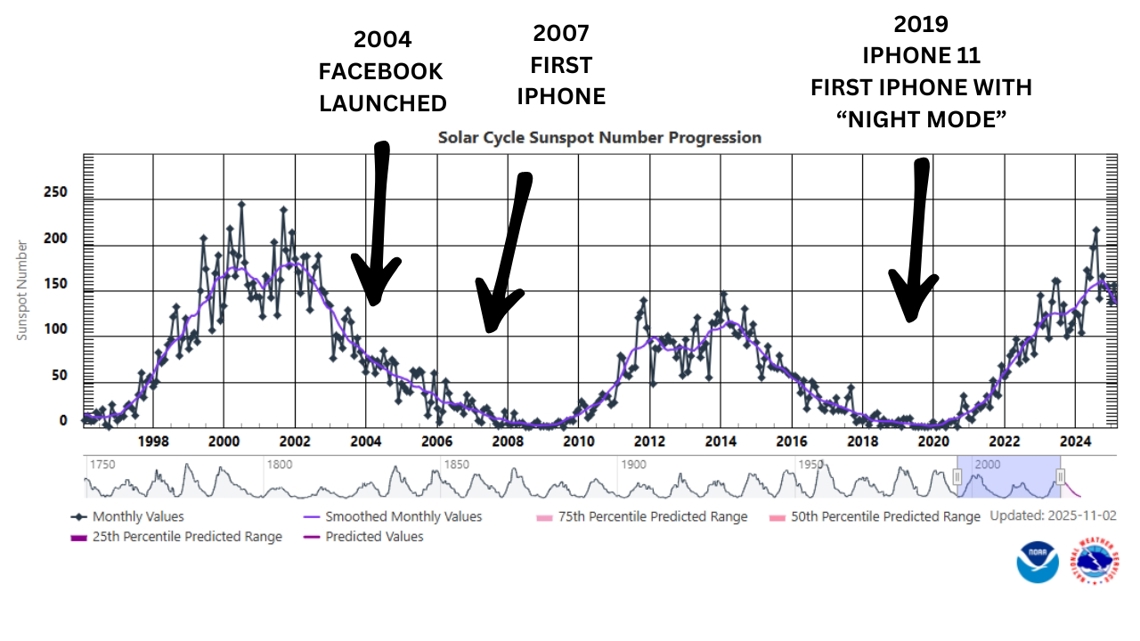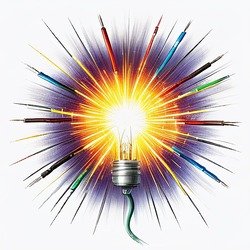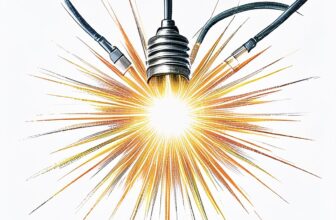Meteorologist Robert Speta answers viewer questions in regards to auroras following recent sightings.
JACKSONVILLE, Fla. — A question I’ve been asked often lately is whether auroras are becoming more common. For many people, it certainly feels that way, especially after the widespread northern lights displays seen in 2024 and 2025. The short answer: yes, recently, but not in the long-term sense. Let’s discuss this.
The solar cycles
The sun goes through repeating cycles of activity roughly every 11 years. During the active phase of a solar cycle, the number of sunspots on the solar surface increases. These sunspots are often associated with coronal mass ejections (CMEs) — powerful eruptions that blast charged particles into space.
When those charged particles reach Earth, they interact with the planet’s magnetic field and atmosphere, generating the auroras many of us recognize as the Northern or Southern Lights.
Historical data confirms this pattern. Records of sunspot activity stretch back to the mid-1700s, and major geomagnetic events consistently align with the peaks of these solar cycles. That includes:
-
The 1859 Carrington Event, still considered the strongest solar storm on record
-
The 1941 “Aurora Blitz”, which produced low-latitude auroras
-
The 1989 geomagnetic storm, visible as far south as Florida
-
The 2003 “Halloween Storms” which were the last big solar events prior to 2024
-
And many, many more not listed here, but did take place during the peak of a solar maximum.


Why It Feels More Common Today
If auroras have always peaked every 11 years, why do the last few years feel especially active?
The answer isn’t just scientific, it may be more technological and psychological.
Social media and smartphone cameras have completely changed how we experience the world, including events like auroras, for example.
-
Facebook launched in 2004, after the major 2003 storm
-
The first iPhone arrived in 2007
-
Night-mode photography debuted on the iPhone in 2019, making low-light imaging dramatically easier for the common person. If you wanted to take a photo of the night sky prior to that, you needed special and expensive equipment.
-
Thus, by 2024–2025, almost everyone could take long-exposure photos and instantly share them
For the first time in history, a major solar maximum coincided with a world where billions of people carry high-quality cameras and have constant access to global social platforms.
So while auroras during the recent cycle are impressive, they are not unprecedented. What is unprecedented is the speed, volume, and quality of the images being shared.










